#sensory lighting
Explore tagged Tumblr posts
Text
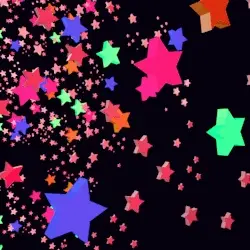
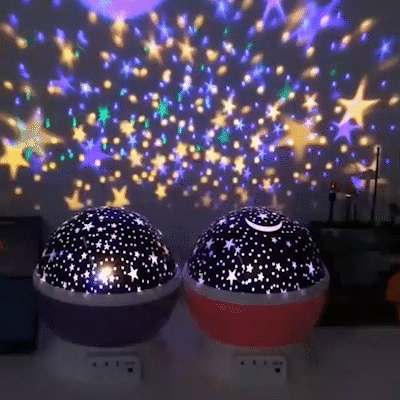
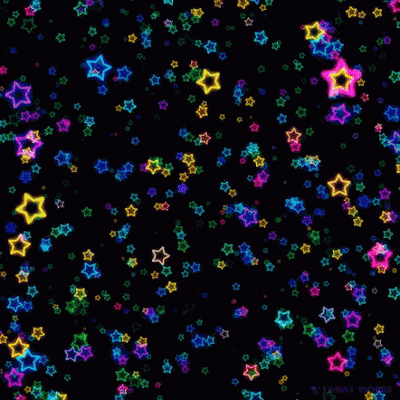


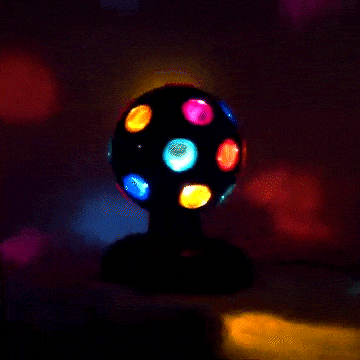


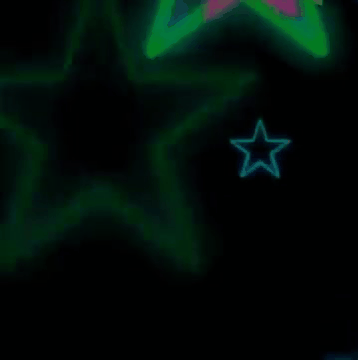
• S t a r L a m p •
Sources: [ 🌟 / 💫 / 🌟 -- 💫 / 🌟 / 💫 -- 🌟 / 💫 / 🌟 ]
#stim#stimmy#stimboard#sensory#neon#blacklight#glowcore#rainbow#black#eyestrain#fluorescent#stars#lights#sleepy#nostalgia#gif
3K notes
·
View notes
Text


>> littlemysticlife
#cats#cat#froggy hat#frogs#cute#figure#figurine#clay#clay figures#sculptures#grey#green#light green#gold#white#stimblr#stim#stimmy#sensory#my gifs#my gif#offline
4K notes
·
View notes
Text
This environment is incredibly hostile to a creature such as myself (there are fluorescent lights)
#bright lights#my eyes burn#help#i want to be in the darkness#cryptidcore#gremlincore#crowcore#witchcore#mosscore#chaoscore#chaotic bastard#shitposting#shitpost#autism humor#autistic#autism#light sensitivity#sensory issues#sensory overstimulation#sensory overload#im overstimulated#bastardcore#haha funny
10K notes
·
View notes
Text
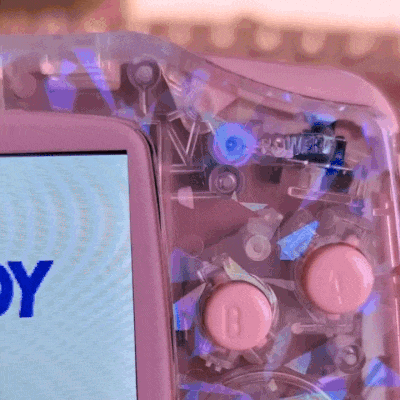
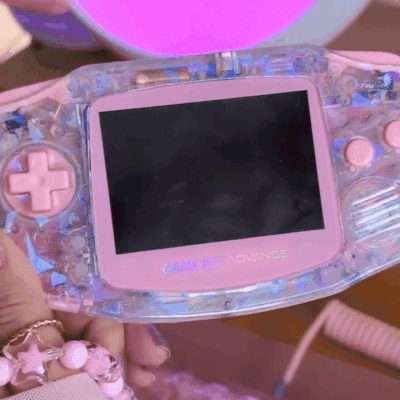

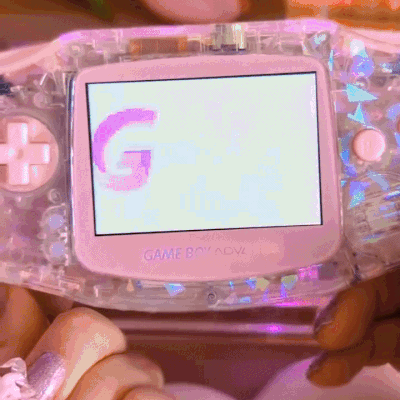
>> lofijuly
#pink#pastel#tech#retro#retro gaming#gameboy#gameboy advance#glitter#light pink#clear#blue#holographic#iridescent#light up#magenta#flashing lights#flashing gif#nintendo#gaming stim#retro tech#tech stim#retro stim#y2k#y2k stim#gameboy gif#stimblr#stim#stimmy#sensory#my gifs
2K notes
·
View notes
Text
Get The Best Set Of Fine Motor Skills Games From Sister Sensory
Want to help your kid develop essential fine motor skills? Get their hands on some fun and educational games from Sister Sensory! Our fine motor skills games are designed to help children improve their dexterity and hand-eye coordination, making them learn faster and better. These vital skills will help them understand quicker and better, making our games the perfect educational gift for any kid! We have a range of fun games to help your child develop necessary fine motor skills, from drawing and colouring activities to puzzles and more! Contact us for more details about our Fine Motor Skills Games.

#arts and crafts for 2-year-olds#large jigsaw puzzles australia#buy jigsaw puzzles australia#fidget sensory toys#different musical instruments#sensory earmuffs for autism#sensory lighting#sensory fidget toys near me#fat brain toys sale#best sensory toys for autism#fine motor skills toys#best sensory chew toys#motor skills toys for 3-year-old#perfect sensory fidget toys
1 note
·
View note
Text
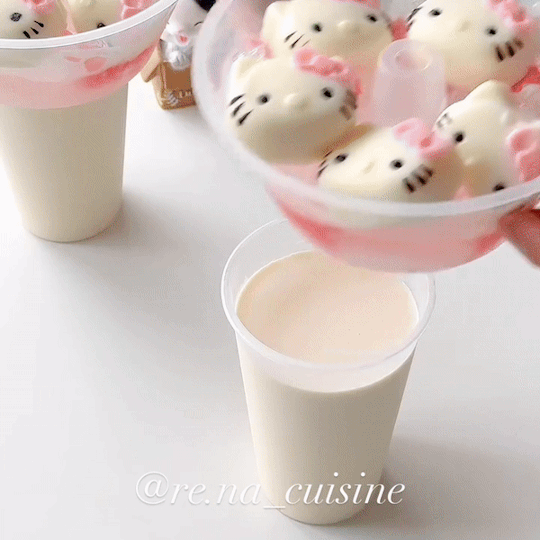


>> re.na_cuisine
#Sanrio#hello kitty#boba#popping boba#sago#pudding#custard#jiggly#sanriocore#hello kitty stim#Sanrio stim#pouring#drinks#sweets#pastel#pink#light pink#white#food#stim#stimmy#sensory#my gif#my gifs
412 notes
·
View notes
Text
yes, yes, boba fett finds it strange and uncomfortable when people can see his face and this is one of the major reasons he almost never removes his helmet (in the expanded universe anyway), but another factor that i think isn't explored nearly enough is just how much his helmet shapes how he sees the world. it grants him 360° vision, lets him interface with his weapon systems and slave I, and automatically dampens loud noises and dims bright lights. imagine going through the vast majority of your life seeing the world through that lens and then suddenly taking it away. removing his helmet for any significant length of time likely isn't just uncomfortable for him but downright disorienting.
#boba fett#boba fett meta#so much is made of how mandalorian helmets have all these powerful‚ often perception-altering features#and how many mandalorians spend the majority of their lives wearing them#i'm surprised there aren't more references to the difficulties such mandos might have adjusting to NOT wearing them#not just socially but like on a sensory level#there's one description in the boba fett junior novels that i really love#where bitty!boba gets his helmet knocked off his head by another bounty hunter#and the barrage of light and sound is compared to water being poured over his face#like it's that jarring to him#and that's when he was still a kid and hadn't yet experienced literal years of wearing his helmet every day!#so imagine what it's like for him when he's an adult making that transition#star wars#mandalorians
962 notes
·
View notes
Photo
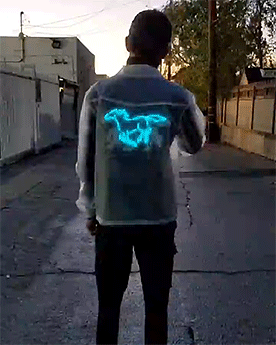

neoncowboys on ig
1K notes
·
View notes
Text




💙 || stardrugg
[simple id: four gifs showing various old blue and silver technology and toys being placed in the corner of a white table. /end id]
#stim#stimmy#sensory#white#blue#light blue#silver#technology#y2k#toys#wappy dog#cameras#irl hands#fast#described#my gifs
186 notes
·
View notes
Text


>> inzhejiangcn
#trees#tree#flower#flowers#flora#nature#nature gif#flower gif#spring#springtime#green#lavender#light purple#purple#satisfying#stimblr#stim#stimmy#sensory#my gifs#my gif#offline
1K notes
·
View notes
Note
can you do a scene stimboard for nyan cat with bright colors, glitter, and patterns? tysm!! XD

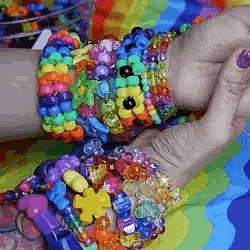
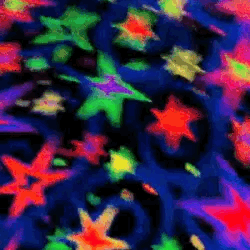
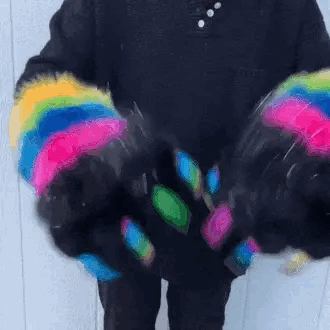
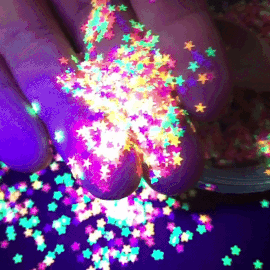

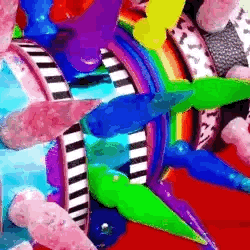
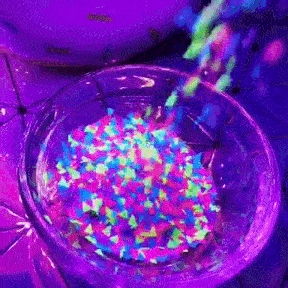
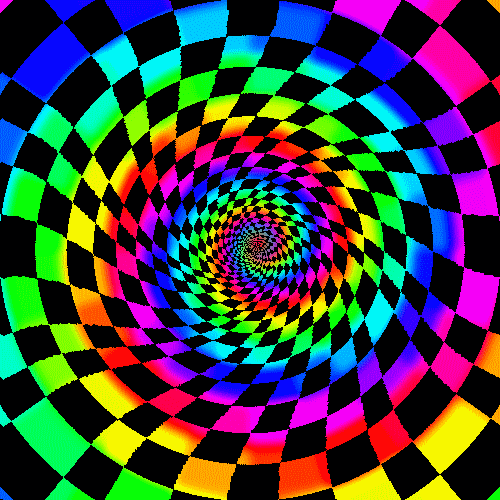

NYAN CAT THEMED STIMBOARD
with themes of bright colors, glitter, and patterns!
cw flashing lights, eyestrain
requested by anon
x | x | x x | x | x x | x | x
#stimmy#stim#stimming#stimboard#stimblr#sensory#stimmies#stim gifs#stims#visual stim#cw eyestrain#tw eyestrain#cw bright colors#bright colors#eyestrain warning#eyestrain tw#eyestrain#tw flashing lights#tw flashing#flashing tw#flashing gif#flashing lights#tw flash#flashing warning#cw flashing lights#cw flashing gif#cw flashing images#flashing images#flashing cw#epilepsy warning
927 notes
·
View notes
Text


🔴🟠 ~ Groovy ~ 🟢🟣 (Jaemax017)
(Credit if you use pls!) (ko-fi)
#lava lamps#lava lamp#lava lamp aesthetic#lava lamp gifs#lavalampcore#lavalamp#lavacore#lava lamp stim#lava stim#stim#neon#calming#calm gifs#calming gifs#calming stim#calm stim#relaxing stim#sensory#glowing#glowcore#lights#multicolor#hypnotic
655 notes
·
View notes
Text


Northern Lights in Norway | ronald_soethje on Instagram
#aurora borealis#northern lights#aurora#sky#clouds#glow#green#teal#cyan#nature#water#mountains#timelapse#ghostposts#stim#stims#stimmy#sensory
332 notes
·
View notes
Note
Hello! Hope you're doing well! Do you have any tips or methods on writing with the five senses technique?
Writing Notes: Sensory Language
Sensory imagery works by engaging a reader’s five senses.
Some Words to Describe Sight
ancient, angular, animated, arrogant, attractive, awkward, beefy, blotched, bold, broken, bulky, cheap, cluttered, colored, crinkled, curved, delicate, dim, dingy, drab, dramatic, elegant, energetic, exhausted, exotic, feeble, flashy, flat, flimsy, fluffy, flush, formal, frail, frilled, glassy, glossy, glowing, grassy, handsome, hefty, irregular, jammed, lavish, leafy, lively, loose, massive, miniature, muddled, muddy, murky, muscular, opulent, orderly, painted, peaceful, placid, pristine, radiant, ramshackle, regal, rigid, robust, ruffled, shabby, shadowy, shapely, sheer, shimmering, shiny, sickly, slender, sparkling, sparkly, speckled, spotted, sprinkled, stout, stretched, striped, sturdy, sunny, supple, swarming, swollen, tantalizing, tidy, timid, tinted, tranquil, vibrant, vivid, wavy, weightless, weighty, wild, wiry, worn, wrecked, wrinkled
Some Words to Describe Smell
acrid, ambrosial, antiseptic, aromatic, briny, burnt, clean, earthy, fishy, flowery, foul, fragrant, fresh, gamy, gaseous, lemony, minty, moldy, musty, odorous, overpowering, perfumed, piney, piquant, pungent, putrid, rancid, reeking, rotten, scented, sharp, skunky, smoky, spoiled, stagnant, stench, sterile, sweet, tempting, woodsy
Some Words to Describe Sound
Words to describe harsh or loud sounds: If you want to articulate abrupt, piercing, or loud noises, use: beep, bellow, blare, cackle, clack, clang, clank, clink, croak, earsplitting, full blast, grating, high frequency, huff, jarring, rasp, rumble, scrunch, shriek, toot, twang, vibrating, wail, and zap.
Words for soft or subtle sounds: Gentle noises can be challenging to describe. Here are some descriptors to use to evoke quiet noises: breathy, chime, droning, fizz, glug, gurgle, jingle, moan, sizzle, squish, swish, swoosh, tinkle, trill, wheeze, whir, and whoosh.
Animal sounds to describe noises: English language readers often associate these words with animal noises, but you can use them to create imaginative descriptions of other sounds: bleat, bray, chirping, cluck, hoot, howl, meow, neigh, purr, quack, roar, woof, yelp.
Some Words to Describe Taste
acidic, bitter, bittersweet, bland, burnt, buttery, creamy, crisp, fatty, fiery, fishy, flavorful, flavorless, fresh, fruity, greasy, hearty, insipid, juicy, luscious, mild, minty, nauseating, oily, palatable, peppery, pungent, raw, refreshing, rotten, salty, savory, smoky, sour, spicy, spoiled, stinging, sugared, sugary, sweet, syrupy, tangy, tart, vinegary, zesty
Some Words to Describe Touch
arid, balmy, blistering, boiling, breezy, bumpy, burning, chilly, clammy, coarse, cool, crisp, damp, dehydrated, dense, dried, dull, dusty, elastic, feathery, fleshy, fragile, fresh, frosty, fuzzy, gluey, gritty, hairy, heavy, jagged, leathery, lukewarm, mushy, oily, prickly, rubbery, sandy, satiny, scorching, searing, shriveled, shrunken, silky, sizzling, slight, slippery, spiky, steamy, sticky, stifling, stocky, sultry, sweltering, tender, tepid, thick, tough, velvety, waxy
Describing how something tastes, smells, sounds, or feels—not just how it looks—makes a passage or scene come alive.
Using a combination of imagery and sensory imagery arms the reader with as much information as possible and helps them create a more vivid mental picture of what is happening.
Types of Sensory Imagery
A passage of writing can contain imagery that appeals to multiple senses. It is useful to break down sensory imagery by sense.
Visual imagery engages the sense of sight. This is what you can see, and includes visual descriptions. Physical attributes including color, size, shape, lightness and darkness, shadows, and shade are all part of visual imagery.
Gustatory imagery engages the sense of taste. This is what you can taste, and includes flavors. This can include the five basic tastes—sweet, salty, bitter, sour, and umami—as well as the textures and sensations tied to the act of eating.
Tactile imagery engages the sense of touch. This is what you can feel, and includes textures and the many sensations a human being experiences when touching something. Differences in temperature is also a part of tactile imagery.
Auditory imagery engages the sense of hearing. This is the way things sound. Literary devices such as onomatopoeia and alliteration can help create sounds in writing.
Olfactory imagery engages the sense of smell. Scent is one of the most direct triggers of memory and emotion, but can be difficult to write about. Since taste and smell are so closely linked, you’ll sometimes find the same words (such as “sweet”) used to describe both. Simile is common in olfactory imagery, because it allows writers to compare a particular scent to common smells like dirt, grass, manure, or roses.
Kinesthetic imagery (a.k.a kinesthesia) engages the feeling of movement. This can be similar to tactile imagery but deals more with full-body sensations, such as those experienced during exercise. Rushing water, flapping wings, and pounding hearts are all examples of kinesthetic imagery.
Vivid vs. Vague Language
The sensory details you select in your writing should create for your reader the same picture you have in your mind. Instead of using vague, general words, your sensory language should be concrete and sensory-packed. This makes the difference between vivid and vague language.
Examples. Vague — Vivid
The food was unappetizing. — The pale turkey slices floated limply in a pool of murky fat.
The sprinkler was refreshing. — The cool water from the sprinkler sprayed our hot faces.
The candy was sour. — My taste buds recoiled from the sudden tartness, drawing my lips into a pucker.
Examples Using Sensory Details
to see - The tiny caterpillar climbed up the bright green leaf.
to hear - The passengers heard the loud screech of the train’s wheels.
to smell - The sweet aroma of fresh strawberries brought back memories of summer.
to touch - The mud felt slimy and cold between my toes.
to taste - The fresh, tangy lemon drops made my lips pucker.
to feel - In the hot July sun, our shirts felt like wet paper sticking to our backs.
What to Avoid When Using Sensory Detail
Too many adjectives—retain only the most powerful words in your writing, deleting any unnecessary words.
Too many adverbs—verbs are stronger than adverbs. Example: "She strolled into the room" is more powerful than "She walked casually into the room."
Clichéd figures of speech—overused language, such as "green with envy", signals a lack of imagination. Use fresh, descriptive words that go against rote thinking.
Writing Beyond the Five Senses
Expand your sensory writing toolkit by exploring sensations beyond the traditional five senses.
Seeing Emotions: Instead of stating emotions, show them through physical expressions. A happy person might have bright, sparkling eyes, while a sad person's shoulders could slump. Characters may also be able to see each other’s auras.
Kinesthesia: Also known as proprioception, this sense is about feeling a body's movement in space. It's the awareness of limbs' positions and movements, which can be tinkered with in interesting ways (say, within a dream or on a planet with different gravity).
Synesthesia: Experiment with characters who experience multiple senses simultaneously, such as seeing colors when hearing music (sound-to-color synesthesia), and feeling as though they’re being touched when they see another person receiving physical contact (mirror-touch synesthesia).
Muted & Heightened Senses: Explore the dynamics of characters with lost or enhanced senses.
Sources: 1 2 3 4 5 6 7 8 9 ⚜ More: Writing Notes & References
Additional posts:
List of Sensory Words with Definitions
List of Sounds with Definitions
Some Perfumery Vocabulary
Words to Describe Food
Words to Describe Someone's Voice
Words to Describe Wine
Hope you're doing well yourself, and all the best with your writing!
#sensory#descriptors#anonymous#on writing#writeblr#writing tips#writing advice#literature#writers on tumblr#dark academia#writing reference#spilled ink#writing prompt#creative writing#light academia#fiction#novel#words#writing resources
231 notes
·
View notes
Text



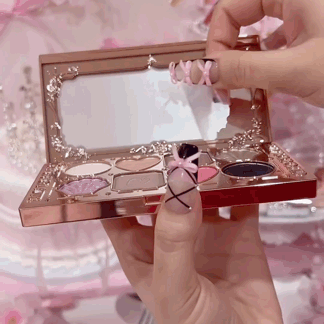




vanilla.catt on Instagram
Credit if used!
#pink#pastel pink#light pink#pink stim#makeup stim#beauty#cute#pastel stim#light pink stim#stim#stims#sensory#sauce-central#stimboard#stimblr#stimmy#satisfying#stimming#visual stim#stim gifs#stim blog
774 notes
·
View notes
Text
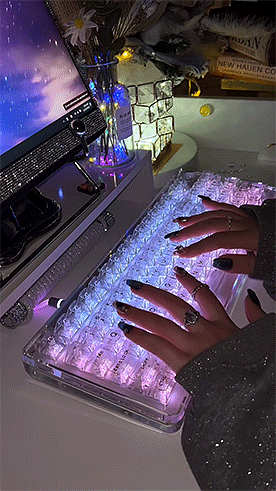
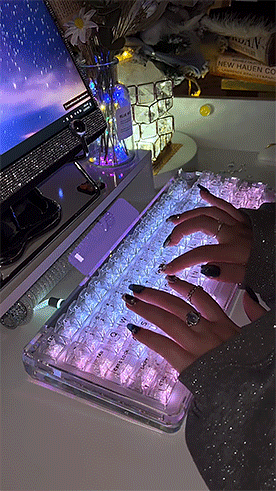
strawberryjam1986 on ig
#tech#keyboard#stim#sensory#satisfying#mypost#mygifs#purple#light#glow#rgb lights#typing#technology#long nails
916 notes
·
View notes